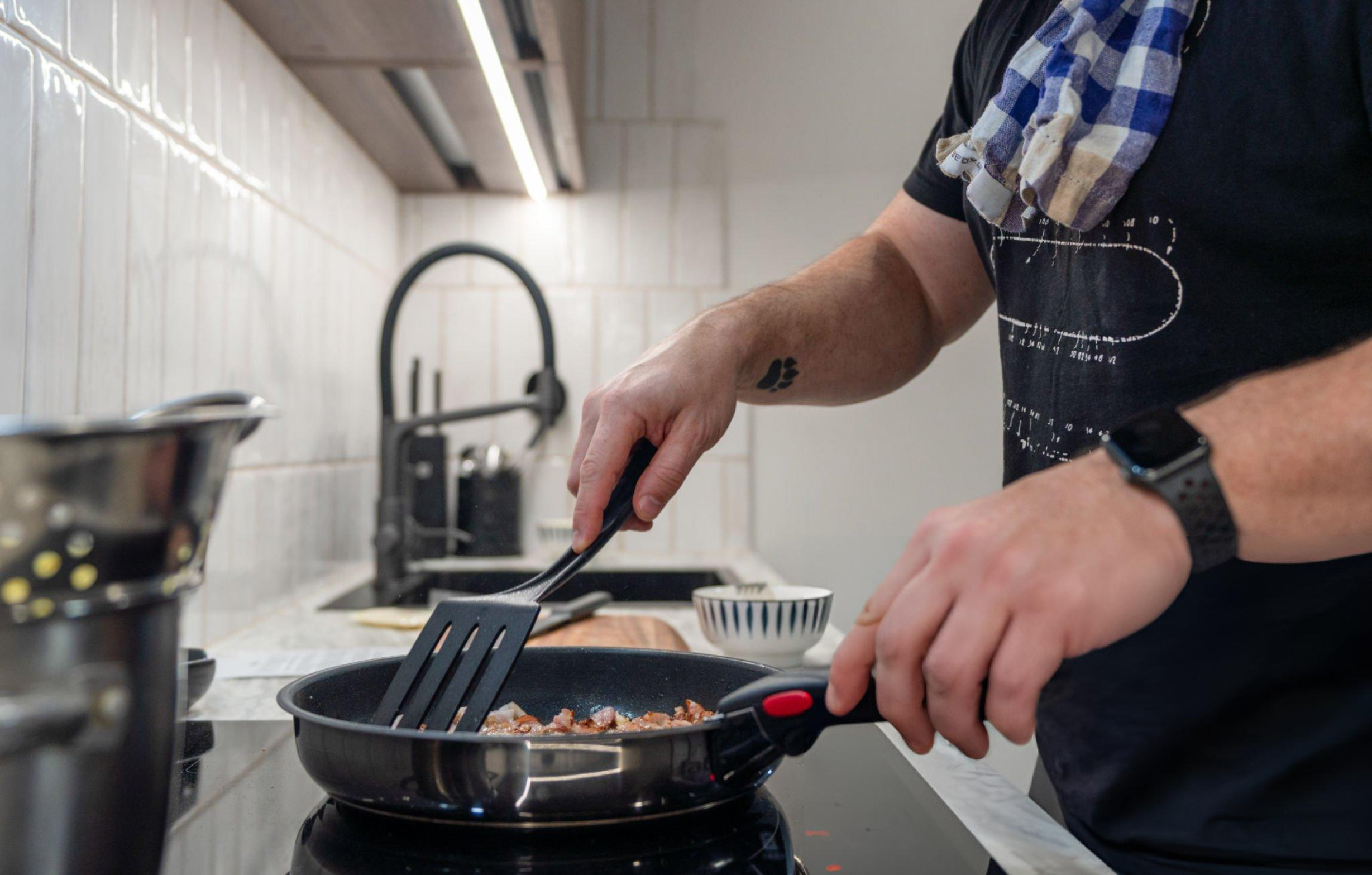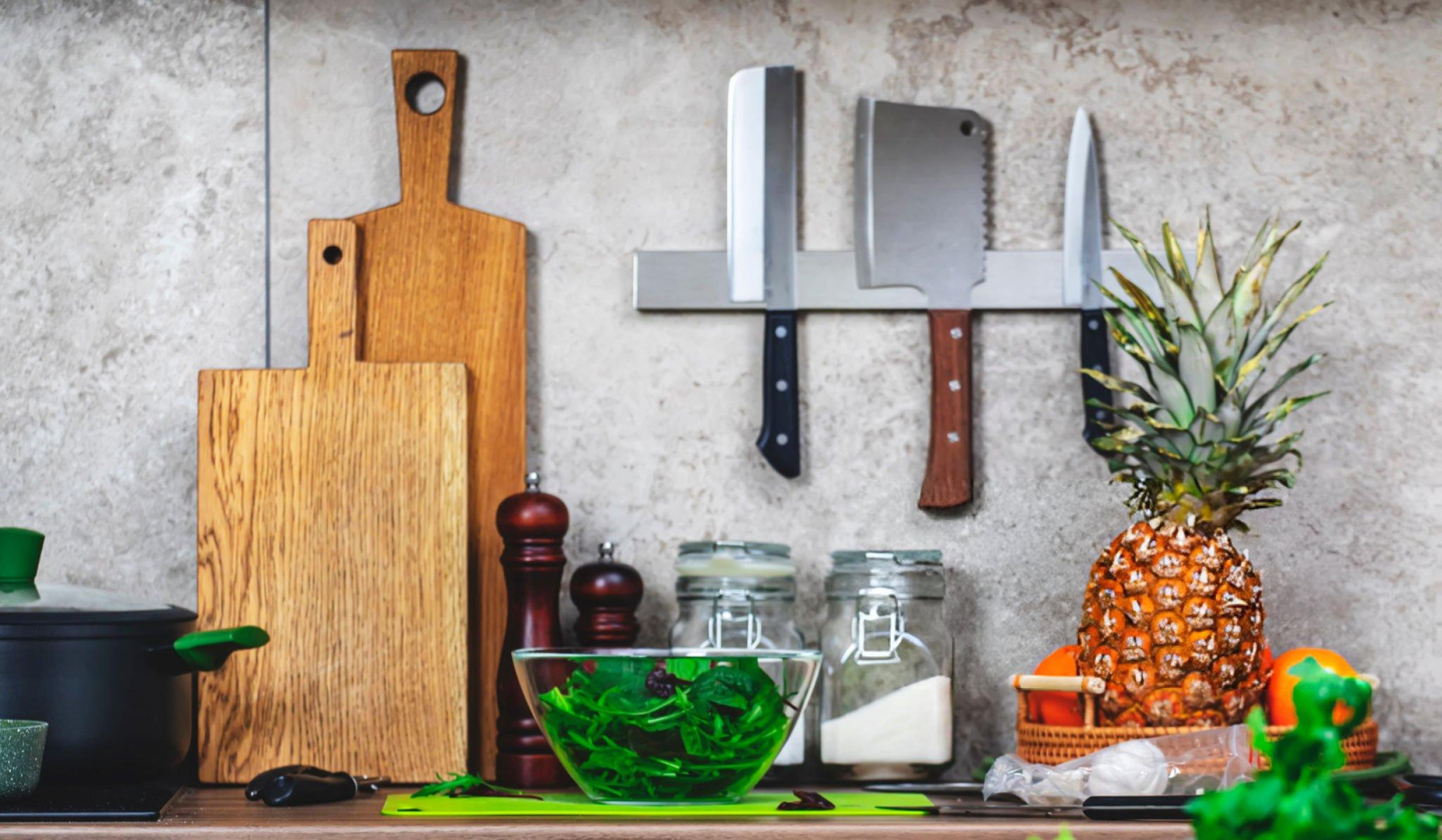Essential Kitchen Tools Every Home Chef Should Own: Building Your Culinary Arsenal
A well-equipped kitchen makes cooking faster, easier, and more enjoyable while allowing you to tackle a wider range of recipes with confidence. While beautiful appliances provide the foundation for cooking success, the right collection of tools and equipment transforms those appliances into complete cooking systems. Understanding which tools are truly essential helps you build a functional kitchen without wasting money on gadgets that end up collecting dust in drawers. The best kitchen tool collections grow over time as your cooking skills and interests develop. Starting with quality essentials provides a solid foundation that serves you well for years while allowing you to add specialized tools as your culinary repertoire expands. Smart tool selection focuses on items that perform multiple functions while maintaining the quality and durability that justify their cost through years of regular use. Quality Knives: Your Most Important Investment Nothing affects your cooking success more dramatically than having the right knives that are properly maintained and sharp. Quality knives make food preparation faster, safer, and more enjoyable while lasting for decades with proper care. Chef’s knife represents the single most important tool in any kitchen, handling about 80% of cutting tasks from chopping vegetables to slicing meat. An 8-inch blade works well for most home cooks, providing adequate length for larger items while remaining maneuverable for detailed work. Paring knife handles detailed tasks like peeling, trimming, and precise cutting that would be awkward with larger knives. A 3-4 inch blade provides the control needed for intricate work while being comfortable to hold during extended use. Serrated bread knife cuts through crusty breads, tomatoes, and other items with tough exteriors and soft interiors without crushing them. The saw-tooth edge maintains effectiveness even when the knife isn’t perfectly sharp. Quality matters more than quantity when building your knife collection. Three excellent knives serve you better than a dozen mediocre ones that won’t hold edges or feel comfortable during use. Proper storage protects knife edges while keeping them safely accessible. Magnetic strips, knife blocks, or in-drawer organizers all work well when they prevent blades from contacting other objects that can dull edges. Regular maintenance including proper cleaning, occasional sharpening, and appropriate storage ensures your knife investment provides decades of excellent performance. Cutting Boards: Protecting Counters and Knife Edges Quality cutting boards protect your countertops while providing stable, food-safe surfaces for all your cutting tasks. Having multiple boards in different sizes and materials optimizes both food safety and convenience. Wood cutting boards provide excellent cutting surfaces that are gentle on knife edges while being naturally antimicrobial when properly maintained. Hardwoods like maple, walnut, or cherry work particularly well for general use. Plastic cutting boards offer easy cleaning and dishwasher safety while being affordable enough to maintain separate boards for different food types. Color-coding prevents cross-contamination between raw meats and ready-to-eat foods. Multiple sizes accommodate different tasks efficiently. Large boards provide ample space for big cutting jobs, while smaller boards work better for quick tasks and take up less space during cleanup. Non-slip features like rubber feet or textured surfaces prevent boards from sliding during use, improving both safety and efficiency. Damp towels placed under boards also provide effective slip prevention. Proper maintenance including regular cleaning, occasional oiling for wood boards, and replacement when boards develop deep grooves extends their useful life while maintaining food safety. Dedicated boards for different food types prevent flavor transfer and reduce cross-contamination risks. Many cooks maintain separate boards for raw meat, vegetables, and bread to ensure food safety. Mixing and Prep Bowls: Kitchen Workhorses A good set of mixing bowls serves countless functions from mixing ingredients to storing prepped items and serving finished dishes. Having various sizes in durable materials provides flexibility for different tasks. Stainless steel bowls offer durability, easy cleaning, and versatility for both mixing and cooking tasks. They’re lightweight, stackable, and won’t retain odors or stains from previous uses. Glass bowls allow you to see contents while being microwave-safe and dishwasher-friendly. Tempered glass provides durability while maintaining attractive appearance that works for both prep and serving. Nesting sets save storage space while providing size variety for different tasks. A good set includes bowls ranging from small (1-2 cups) to extra-large (5+ quarts) for comprehensive coverage. Non-slip bases improve stability during mixing tasks, preventing bowls from spinning or sliding across counters during vigorous mixing or whisking activities. Lids for storage transform mixing bowls into food storage containers, reducing the need for separate storage vessels while streamlining kitchen organization. Multiple sets allow simultaneous prep work for complex recipes requiring many components. Having adequate bowls prevents constant washing between prep steps. Measuring Tools for Consistent Results Accurate measurement is crucial for baking success and recipe consistency. Quality measuring tools that are easy to read and use make following recipes simpler while improving your cooking results. Dry measuring cups in nested sets provide standard measurements from 1/4 cup to 1 cup. Metal or sturdy plastic cups with comfortable handles make measuring dry ingredients quick and accurate. Liquid measuring cups with clear markings and pour spouts handle wet ingredients efficiently. Having multiple sizes (1 cup, 2 cup, and 4 cup) accommodates different recipe requirements. Measuring spoons in complete sets from 1/8 teaspoon to 1 tablespoon handle small-quantity measurements for seasonings and other ingredients used in smaller amounts. Kitchen scale provides precision that volume measurements can’t match, particularly important for baking where exact measurements significantly affect results. Digital scales with tare functions offer the most convenience. Clear markings that remain legible after repeated washing ensure long-term usability. Etched or molded measurements last longer than printed markings that can wear off. Easy storage through nesting or ring-connected sets keeps complete measurement sets together and accessible when needed. Essential Cooking Utensils The right cooking utensils make food preparation and cooking more efficient while protecting your cookware from damage. Building a collection of versatile, durable utensils eliminates frustration and improves cooking success. Wooden spoons and spatulas provide gentle stirring and scraping that won’t damage non-stick surfaces while handling high heat safely. Wood


